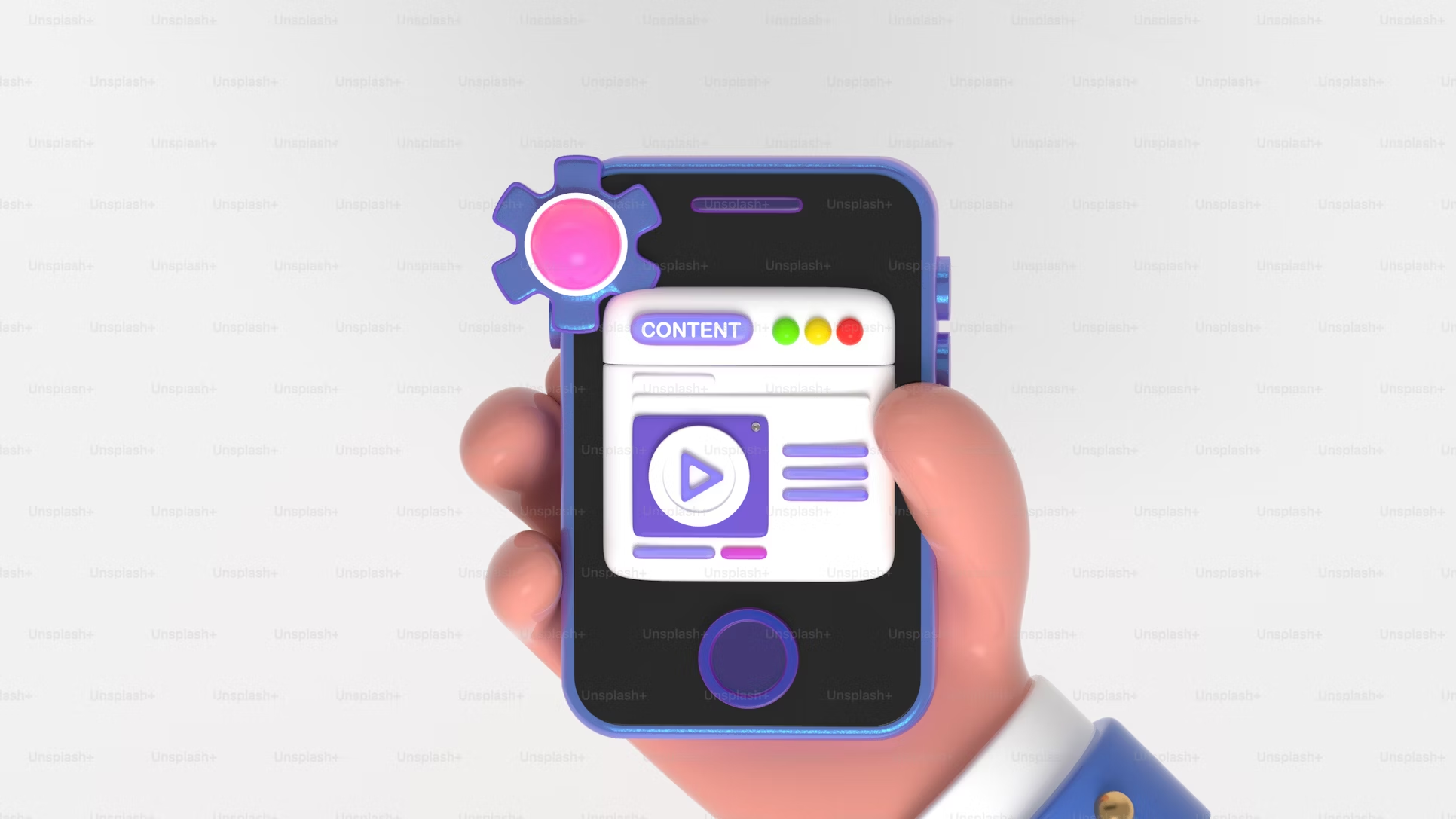7 Business and Marketing Strategies for Creating a Well-Articulated Brand
The word brand was always very elusive. Sure, we can describe it as a way the public perceives one company and it covers all of the touch points ranging from visual identity to product perception. But, keeping in mind its relevance in the present-day business world, this broad definition is too simplistic. However, even though we have no good way of describing what a brand is, we are more than well aware of how this perception affects the fortunes of one company.
Quick Links
For instance, despite the price, discounts, and all other stunts, 59% of consumers prefer to purchase from brands they are familiar with.
More importantly, we have very rich experience in building well-articulated and consistent brands through different business practices and marketing strategies. Well, let us take a look then at a couple of these tried and through approaches that should help your brand register on the mainstream radar.
Define visual identity and stick with it
People are visual beings and communicate a tremendous amount of information in a visual manner. So, nailing down key visual components like logos, general design language, and core visual elements does make a great place to start your efforts. We suggest that you go back to your mission statement and try to single out a couple of keywords and work from these foundations. Also, take as much time as you need and avoid leaning too heavily toward contemporary trends. Your brand’s visual identity is one of your most powerful assets – you don’t want to undergo overhauls that indicate low confidence.
Keep things simple
In other words, you need to lay down the brand ideas and principles that will be easily marketable. Look at Nike – their entire branding idea is built around three simple words – Just do it. Apple is not as explicit but its products reek of speed and efficiency. Car manufacturers like BMW can boast about their power and reliability. All these keywords are incredibly easy to understand and to use in all sorts of marketing campaigns. They also present an excellent starting point for building your brand’s visual identity, corporate practices, portfolio strategy, and so on. The simpler you get, the better.
Develop a long-term brand development map
Branding is a process that heavily relies on public perception that is inherently unpredictable. Your goal is to keep as many factors under your control as possible and create a roadmap that will anticipate all the major turns and set up necessary contingencies. For instance, acquisitions and mergers, and all the ensuing alignments, portfolio adjustments, cultural clashes, and expansions to a new market can drastically damage the consistent image you were trying to build. That is why your brand should have a ready-made M&A strategy for such situations. You should do this for all similar disruptive events as well.
Give your brand some sense of purpose
Being proactive and overcoming some sort of obstacles always makes for compelling storytelling. You can use this knowledge to the benefit of your brand in two ways. First, focus your marketing strategy on your mission statement, and the issues your products and services are solving on a daily basis. Second, embrace some social causes your customers hold dear and take part in addressing these challenges. According to a recent survey, 63% of consumers stated they prefer buying from brands that reflect their own personal values and beliefs. If you want to go big, this is as big as margins go.
Define your most valuable customers
This is the old trick that is taken directly from the traditional marketing book. Be that as it may, you need to remember that no brand can possibly appeal to all people in the world. That is why you need to define your ideal customer that will keep your company afloat through repeat purchases and focus on reaching out to this selected group of people. Keeping in mind the complexity of branding efforts, this offensive will include an attack on several fronts – focused marketing strategies, zero-disruption customer experience, and engagement strategies modeled around the requirements of these people.
Give your brand a unique and authoritative voice
You can as well interpret this as some sense of personality or unique quirks. Of course, the easiest way to do that comes in the form of some sort of mascot or marketing character that will encapsulate these traits. But, don’t hesitate to go past this simple marketing gimmick. For instance, starting a blog will give you plenty of opportunity to let the unique voice and traits of your brand shine through, while at the same time doing the massive heavy lifting in increasing its clout and industry authority. Also, this strategy will lure in a lot of people who are not, as of yet, interested or even familiar with your services.
Think about brand positioning
Last but not least, we would like to remind you that, unless you are going to tackle some completely new niche, your brand needs to make a logical part of the market landscape. This necessity to fill in the void, do something new, present a fresh take on an already existing idea, or plain and simply root out the direct competitors should inform all branding facets from the brand story, value proposition, visual identity, the tone of brand voice, communication with clients and so on. Ignoring these critical factors, on the other hand, can easily make your brand tone-deaf, overly ignorant, or simply not competent.
We hope these seven examples gave you a general idea about the strategies and tips you can use to make your brand more powerful, engaging, and well-articulated. The present-day business landscape is incredibly competitive and harsh. The best way to come to the top of this ladder is to make your clients a crystal-clear idea about what your company is all about and why they should care. Use then the tips we gave you and give your audience something truly memorable and unique.
Why WooCommerce is the Best Choice for Your Online Store?
WooCommerce stands out as a top option for anyone looking to build an online store. This platform…
0 Comments8 Minutes
How to Use AI-Powered SEO Tools for WordPress eCommerce
SEO is a critical factor in the success of any e-commerce WordPress store. As competition…
0 Comments11 Minutes
Why Short-Form Videos Are the Future of Content Marketing
Your Instagram customers spend over 50% of their time watching short-form videos and reels. Rather…
0 Comments12 Minutes
The Role of Digital Marketing in Business Growth
Online marketing touches every aspect of a business, whether it is initiating the idea or for an…
0 Comments3 Minutes
AI Meets Authenticity: Balancing Automation and Human Touch in Content Marketing
Is your brand starting to sound like a robot? In a world where algorithms write faster than any…
0 Comments8 Minutes
Essential Tools for Enhancing Web Design and UX Hosting
Have you ever visited a website that felt slow, clunky, or confusing? A website that is poorly…
0 Comments11 Minutes
How a Mini Cart Transformed My Store’s Shopping Experience
Okay, real talk—running an online store is hard. You think you’ve got everything figured out, you…
0 Comments9 Minutes
Balancing Your Security Initiatives With Industry Compliance Requirements
Managing a business today comes with a number of daily battles that need to be fought. Resources…
0 Comments11 Minutes








